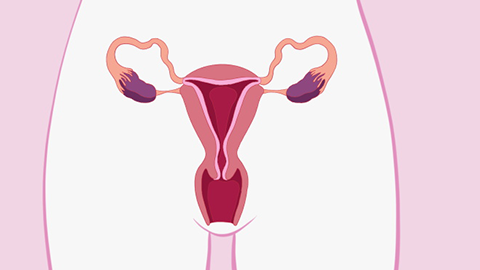Can poor uterine contractions heal on their own?
Generally speaking, whether poor uterine contraction can heal spontaneously depends on its cause and severity. Mild cases without organic lesions may resolve naturally, while severe cases or those caused by underlying diseases usually cannot resolve spontaneously. If abnormalities occur, timely medical consultation is recommended. Detailed analysis is as follows:

If poor uterine contraction is caused by mild fatigue or poor discharge of lochia after childbirth or miscarriage, and there are no complications such as infection or tissue retention, it may gradually improve with adequate rest, breastfeeding stimulation, or abdominal massage. Infant suckling during breastfeeding can promote the secretion of oxytocin, enhancing uterine contractions, while appropriate rest helps the uterus regain tone. These cases typically improve within 1–2 weeks and do not require specific treatment.
When poor uterine contraction is caused by organic lesions such as retained placenta, intrauterine infection, uterine fibroids, or damage to the uterine muscle layer, spontaneous recovery is unlikely. Retained placental tissue can hinder normal uterine contractions, infections can worsen uterine inflammation and impair contractile function, and fibroids or muscular damage can disrupt the uterine structure. These conditions require interventions such as uterine evacuation, anti-infective treatment, or surgical procedures. Relying solely on natural recovery will not resolve the issue, and delays may lead to complications such as severe hemorrhage or chronic pelvic inflammatory disease.
If poor uterine contraction is suspected, prompt medical attention is necessary to identify the underlying cause and take appropriate action. Postpartum or postoperative care should include adequate rest, avoidance of fatigue, and careful monitoring of lochia as directed by a physician. Any abnormalities should be evaluated by a healthcare provider promptly.




